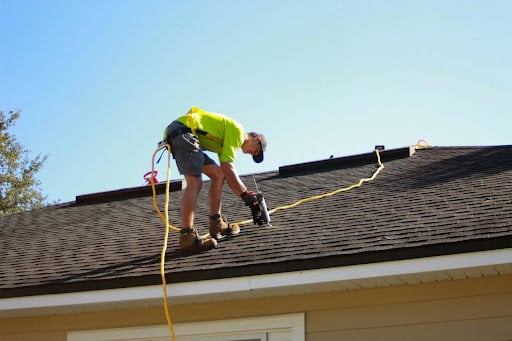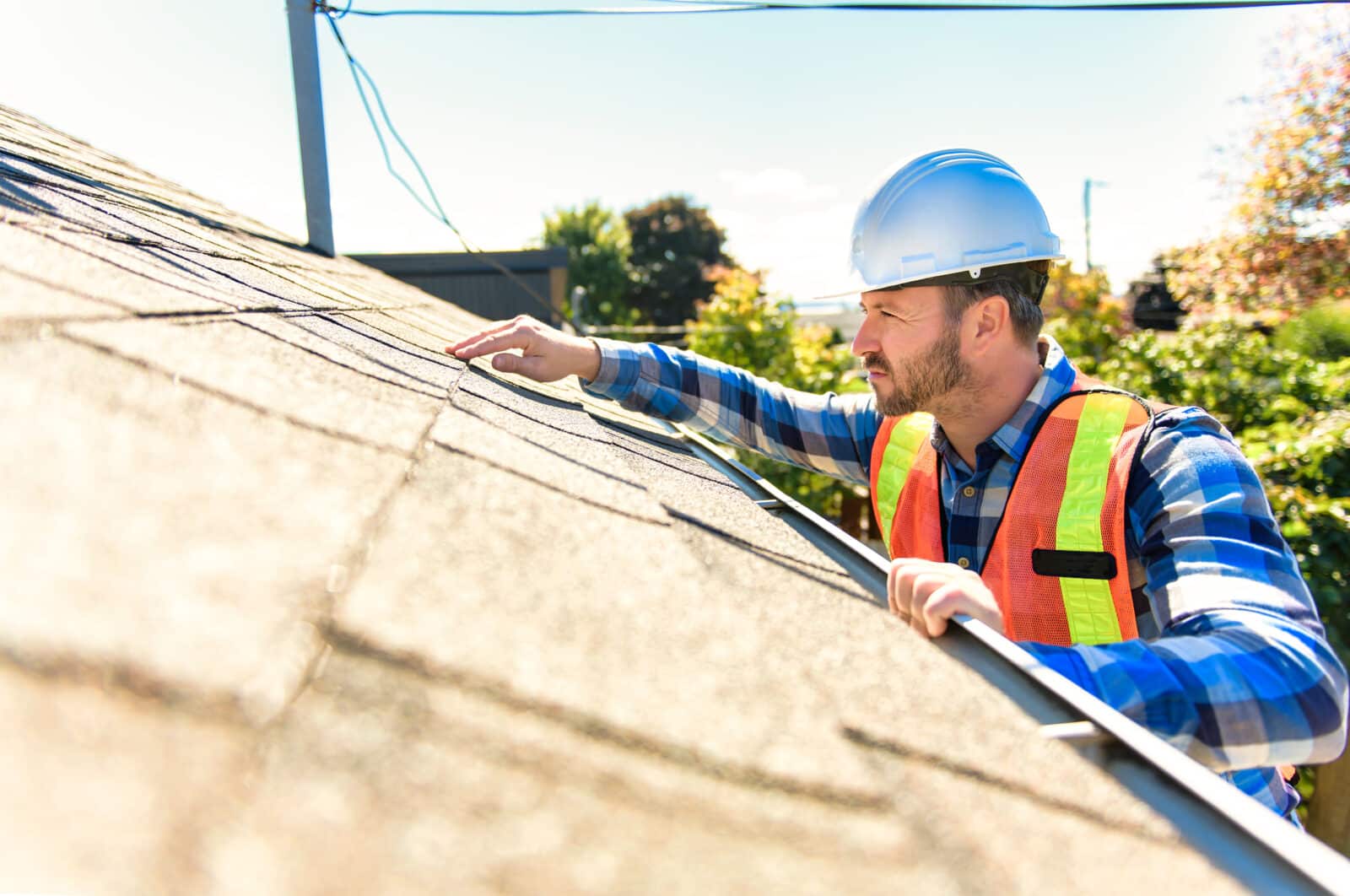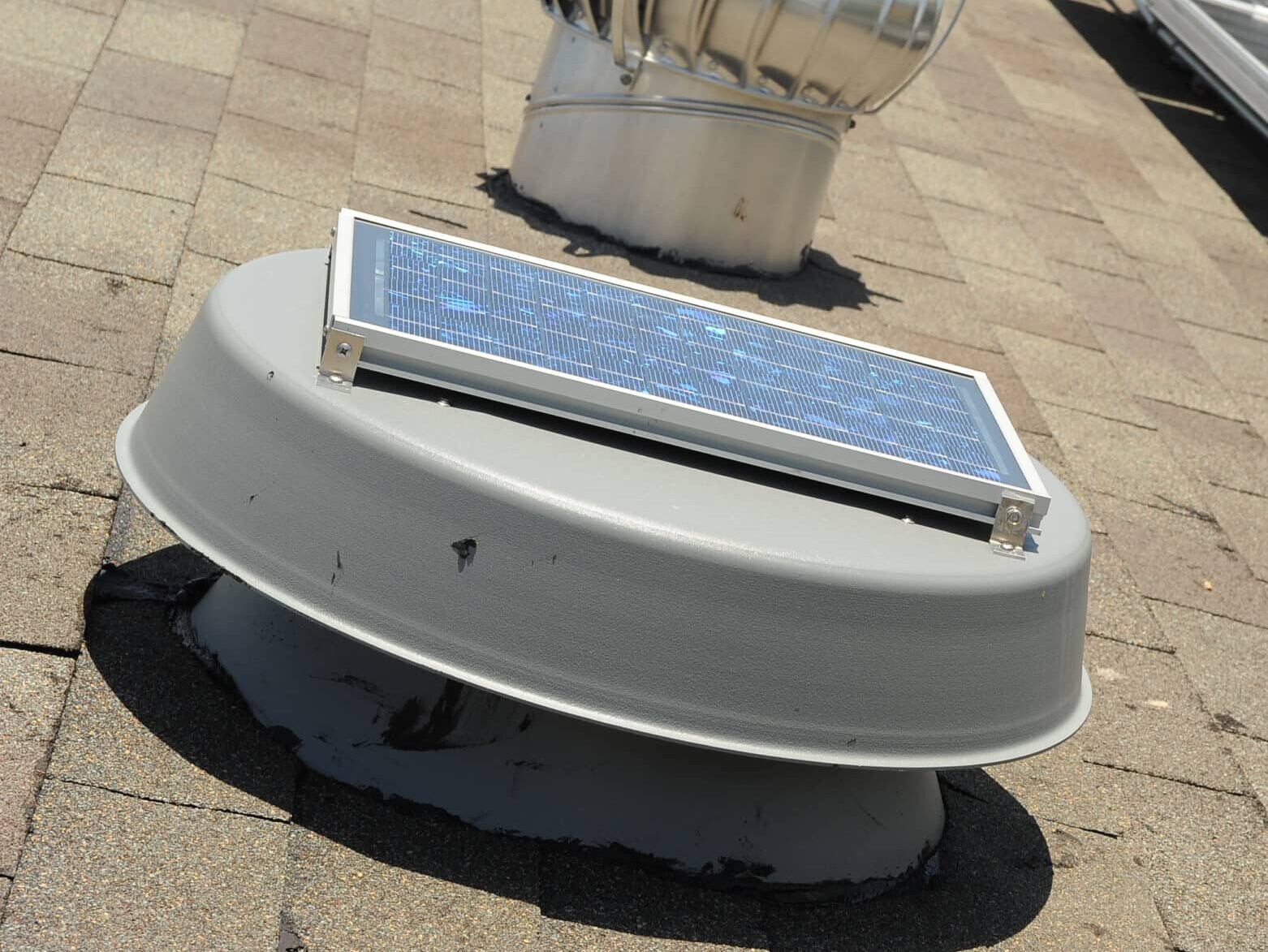Table of Contents
What Business Owners Should Know About Roofing Damage
Weather is a major factor influencing the durability and performance of commercial and industrial roofing systems. From scorching sun to driving rain and powerful winds, climate conditions can gradually wear down your roof’s integrity. This comprehensive guide explains how various weather conditions affect different types of commercial roofs in Sugar Land, offering practical advice from trusted commercial roofing contractors to help you protect your property investment.
Weather Challenges Facing Commercial Roofs in Sugar Land
Commercial roofs are designed to shield your property, operations, and assets from environmental stressors. In a region like Sugar Land, Texas, which experiences a range of weather conditions—including summer heat, seasonal storms, and occasional cold snaps—it’s vital to understand how each element can affect your roofing system.
As of July 15, 2025, there are 8,934 businesses in the Roofing Contractors industry in Texas alone. Nationally, the number of roofing contractor businesses has grown by 2.2% per year on average from 2019 to 2024. This steady growth reflects the increasing demand for reliable roofing services—especially as extreme weather becomes more common across the U.S.
This guide covers the impact of different weather scenarios and provides actionable recommendations to keep your industrial roofing system resilient year-round.
1. Understanding Commercial Roofing and Material Options
What Is a Commercial Roofing System?
A commercial roofing system is a specialized solution engineered to protect business properties from weather exposure, foot traffic, and mechanical installations. These systems typically include insulation layers, waterproof membranes, and structural components that work together to maintain a sealed and energy-efficient building envelope.
Types of Roofing Systems Used by Contractors
Popular commercial and industrial roofing systems include:
- Single-ply membranes (TPO, PVC, EPDM): Flexible, efficient, and quick to install
- Modified Bitumen: Enhanced asphalt systems with improved resistance to heat and impact
- Built-up Roofing (BUR): Layered systems offering time-tested waterproofing
- Metal Roofing: Steel, aluminum, and copper options with exceptional weather durability
- Asphalt Shingles: Affordable and easy to apply for small commercial applications
Roofing Materials Commonly Used in Sugar Land
The choice of material significantly influences the lifespan of your roof. Commonly used materials in Sugar Land include:
- TPO: Excellent UV resistance and energy-saving properties
- PVC: Highly durable and resistant to chemical exposure
- EPDM: Synthetic rubber valued for flexibility in changing temperatures
- Modified Bitumen: Combines durability and cost-effectiveness
- Metal Panels: Long-lasting, recyclable, and built for severe weather
2. Sun and Heat: Year-Round Exposure in Sugar Land
With its long summers, Sugar Land sees extended periods of high temperatures and UV radiation. These conditions can:
- Dry out membranes, making them brittle
- Cause expansion and contraction, stressing seams and adhesives
- Fade or warp materials like asphalt or synthetic rubber
Preventive Tips:
- Apply UV-reflective coatings to manage surface heat
- Schedule seasonal inspections after peak heat periods
3. Rain and Water Intrusion
Sugar Land is no stranger to heavy rainstorms, particularly in spring and hurricane season. Commercial flat roofs are especially vulnerable to pooling water and slow drainage.
Warning Signs:
- Water lingering on the roof for 48+ hours
- Stains or leaks inside the building
- Mold around roof edges or internal walls
Protective Measures:
- Keep drains and gutters clear
- Inspect seals around skylights and HVAC units
- Consider adjusting the roof slope or using tapered insulation
Need help protecting your roof against Sugar Land’s unpredictable weather?
Look no further than Madison Roofing & Siding Company, a trusted name among commercial roofing contractors in Sugar Land. With years of experience handling both commercial and industrial roofing projects, their expert team provides tailored solutions—whether it’s a minor repair or a full roof replacement. They’ll assess your roofing system, recommend preventative upgrades, and help extend the life of your investment. Don’t wait for leaks or storm damage to cause disruption—contact them and get peace of mind for every season.
4. Snow and Ice: Rare, But Risky
Although Sugar Land rarely sees heavy snow, winter weather can still pose a risk. Even small amounts of snow or ice buildup can create excess weight or lead to ice dams.
Symptoms of Cold Damage:
- Drooping roof sections
- Water infiltration after thawing
Solutions:
- Ensure proper insulation to avoid ice dam formation
- Use snow guards or heating cables where needed
- Choose roofing materials designed to handle cold temperatures, like metal roofing
5. Wind and Storm Damage
Seasonal storms in Sugar Land often bring strong winds that can lift or tear off roofing materials. Wind-driven debris also poses a threat by puncturing roof membranes.
Signs of Wind Damage:
- Detached or missing shingles, panels, or flashings
- Holes or tears in the roof surface
- Water stains inside the property after a storm
Mitigation Strategies:
- Reinforce fasteners and seal seams
- Trim back surrounding trees
- Install wind-rated materials such as standing seam metal panels or reinforced membranes
6. Hailstorms: Sudden and Severe
Hail can inflict significant damage on commercial and industrial roofing systems—especially those made of asphalt, rubber, or soft membrane materials.
Evidence of Hail Damage:
- Dents or pockmarks on the roof surface
- Split or cracked shingles
- Loss of protective granules
Prevention and Recovery Tips:
- Use impact-resistant roofing materials
- Conduct thorough inspections after hailstorms
- Repair minor damage quickly to avoid worsening issues
7. Long-Term Effects of Weather on Roofing Materials
Weather doesn’t just cause immediate damage—it can weaken roofing materials over time:
- UV rays degrade membranes and cause shrinkage
- Heavy rainfall penetrates weakened seams
- Wind uplift displaces lightweight materials
- Temperature shifts expand and contract the roof system, loosening adhesives and fasteners
Being aware of these gradual impacts can help property managers plan regular upkeep and avoid premature replacements.
Final Thoughts: Stay Ahead with Proactive Roof Maintenance
Weather extremes are an unavoidable challenge for commercial buildings in Sugar Land. However, staying informed and proactive can go a long way in preserving your roof’s lifespan. Regular inspections, maintenance, and timely repairs can help you stay ahead of potential issues caused by sun, rain, snow, wind, or hail.
Working with reliable commercial roofing contractors ensures that your roofing system remains in top condition. Whether you’re managing a small business or a large-scale industrial facility, your roof is a critical part of your building’s infrastructure—and deserves expert care year-round.





